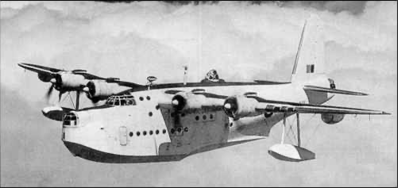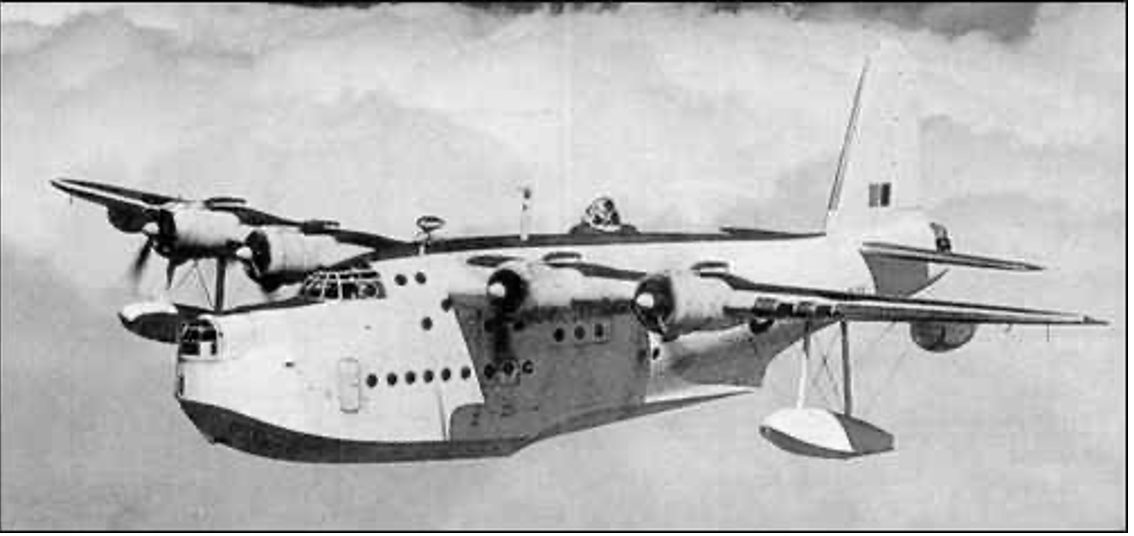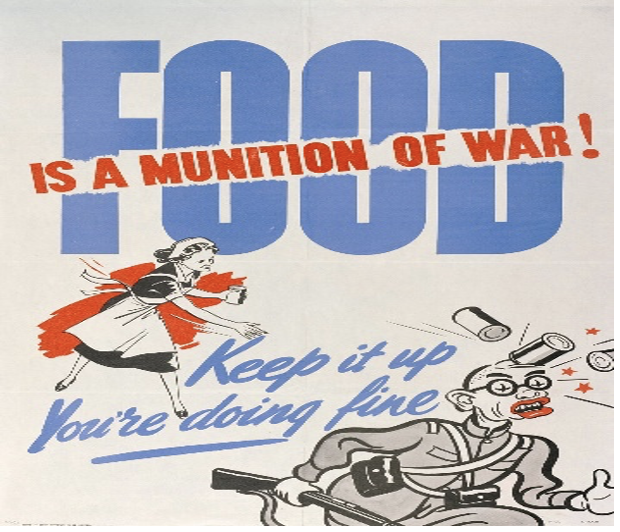More World War 2 reports June 1943

Goolwa goes to war again 1939-45
This month members of the AIF 9th Division including several Goolwa men together with other units, continue intensive jungle warfare training on Queensland’s Atherton Tablelands. Their instructors are experienced veterans from the ongoing Papua-New Guinea campaign who have already fought in intensive close combat actions against battle-hardened Japanese troops.
In a few weeks, these Australian troops will go into action as the first especially trained jungle fighters, unlike the original force of the militia battalions and the AIF 7th Division rushed in before them who were untrained in jungle fighting and had to learn on the job or not survive.
One of those committed with the 7th Division earlier to fight in PNG actions is Goolwa man, Pte Jock (HD) Sauerbier1 knows only too well how unprepared they were and yet prevailed against incredible odds to halt and turn around a jungle-wise Japanese force. Jock, who has been recognised for his services has since been transferred from the infantry unit in which he was serving, to a posting in the Royal Australian Engineers to take part in coastal operations as a controller of a landing barge. In this hazardous work he has been officially honoured by a Mentioned in Dispatches citation.

Young Goolwa women braves high seas and U-boats to join her husband.
Most Goolwa people, having been used to boating and water travel in their local environment surrounded by sea, river, lakes, and the Coorong waterways would have no idea that a world war would take some of them into perilous waters of the Indian and Atlantic oceans as civilians.
Recently news of a dangerous voyage from Australia to England by Mrs Marjorie Crawford, youngest daughter of Percy and Marion Wells of Goolwa, who was making a sea journey to England to join her husband, Lieutenant Quinton Crawford, serving on convoy escort duties in the Mediterranean.
Marjorie who grew up in Goolwa and was educated in the Goolwa primary school and Victor Harbor secondary school, married her English Merchant Marine engineering officer husband Quinton, on July 17, 1940. After a short honeymoon, Quinton was called back to RN convoy protection in the Mediterranean and posted to Malta. Marjorie remained in Australia until special arrangements could be made for her to get to England.
In October 1942, Marjorie embarked on her voyage to England which became dangerous and fraught with perilous, life-threatening incidents. One of her travelling companions among the wives on the passage to join their husbands was Mrs John Fairbairn who records some graphic incidents from their ship leaving Australia and crossing the Indian Ocean entering the shipping lane of east coast Africa close to the Cape of Good Hope and continuing into the Atlantic. In this sea-lane their ship was almost torpedoed, and they passed through scenes of wreckage where other ships had been sunk. Then their ship broke down and Marjorie and Mrs Fairbairn with some other wives were transferred to a smaller, three-thousand-ton vessel. “Our tiny vessel travelled clean around the Atlantic from the tropics to a point where the gun crew was firing at icebergs for practice.”

An RAF Short Sunderland flying boat on anti-submarine patrol could stay in flight for up
to fourteen hours hunting U-boats operating in shipping lanes and to inflict heavy losses
on enemy submarine fleets. Many of the Sunderland crews include Australian airmen.
They were now entering the U-boat pack’s hunting grounds. “We were unharmed by U-boats, but we saw much terrible evidence of them in the shape of wreckage. We thought our turn had come once when two great explosions shook the ship while we were dining, but they turned out to be an escorting aircraft attacking a nearby submarine…We would have been in a bad way if a submarine had attacked, because a storm carried away the lifeboats and rafts’.
Prayers and good fortune were favouring their little ship as toward the end of May, Admiral Karl Donitz ordered most of his U boats back to port because of heavy losses they have suffered to his fleet due to improved Allied anti-submarine tactics. The losses were so large that the German submarine fleet crews decreed last month as “Black May” having lost 43 U-boats for 34 Allied ships sunk during the month. The booming sound the women had heard and felt aboard their ship was indeed depth charges dropped from an RAF Sunderland flying boat aiming to dispatch another one of the Admiral’s submarines to the deep.
“A few days from England, aircraft and destroyers appeared through the mists. It was a lovely sight.”
Mrs Fairbairn learnt that her husband, an officer in the Indian army was now a prisoner of war of the Japanese. Marjorie’s husband Quinton, has now been drafted from merchant marine service to become a Royal Navy officer, had reached England from Malta just in time to join her.
Australian units push Japanese down the Track towards Salamaua
Since the Japanese attempt to take the inland village of Wau and its important airfield failed in January, the Australian garrison was reinforced with units of the AIF 7th Division flown in by US air transport. In April, the troops began to push the Japanese down the Black Cat Track to the sea at Salamaua.
They had met resistance from the enemy in skirmishes wherever they attempted to make a stand, but the Australian force were able to overcome these stubborn resistances to keep the Japanese in retreat. The 2/6th Battalion had taken up a post at Lababia Ridge approximately twenty kilometres south of Salamaua, setting up a well-prepared position with good observation over a wide, clear defensive perimeter.
The 2/7th Battalion moved up the Salamaua Track towards Mubo pushing against a firm enemy resolve not to yield a step without a fight. The first major Japanese counterattack came against the 2/6th position on Lababia Ridge as they attempted to envelop the Australian position. The attacks from June 20 had lasted to the 23rd when the enemy broke off contact. Japanese command decided to pull back after Beaufighters from 30 Squadron based at Port Moresby heavily strafed their attacks. At the same time a strong enemy force was attacking the 2/7th near Mabo in the river valley below Lababia Ridge but without gain and fighting is continuing.
Japanese air raids continue in the Northern Territory
Several raids were made over the top end this month. The first came mid-June (20th) when thirty-five bombers attacked Winnellie, south of Darwin civil airport. It was a costly raid for the Japanese who lost twelve bombers and four fighters for the RAAF’s loss of 2 Spitfires. The next day the enemy planes came back and were driven off but the following day they returned but only to shoot up a few yards of roadway around Batchelor. On the 28th the Japanese planes bombed East Point and Vesty’s complex with slight damage recorded.

Around midday of June 30, Fenton Airfield, a US 5th Airforce heavy bomber base on Tipperary Station which also accommodates Australian squadrons, was raided by 27 Japanese bombers and twenty-three fighters. On the ground three US B24 Liberators were destroyed and seven others were damaged. In the air the Japanese lost six bombers and three fighters. One Australian Spitfire was lost and three were later written off mechanically.
Back home, three more enlistments from Goolwa.
As the Manpower authorities release more personnel from their restrictions on those who are presently held in essential war reserved occupations, three more Goolwa men were able to win the right to enlist for active service overseas. Dick (RB) Sharpe and Jim (JD) Elfenbein have enlisted in the army, and both have gone into camp.
Syd (S.J.) Armfield decided on a different branch of the services when he enlisted in the navy. Syd, while employed at Mannum in 1941 had joined the militia and was discharged into essential war work in November 1942. He enlisted at Goolwa late this month (June) to start active naval service duties in keeping with his knowledge and skills of boat building and operation of small ships.
Rapid transport needs have brought about the need for all Australian armed services now concentrating on assembling small boat fleets to get unit supplies and personnel to points along the northern New Guinea coastline in dangerous operations vulnerable to air attacks. All branches of Australian armed services are now operating these fleets and some of our men engaged in this activity find themselves under American command in US small boat units.
Boatbuilding continues in Goolwa.
Ben Atkins is working on a Harbours Board contract to build twelve pram type dinghies on a contract for the department. He finds that he can spend more effective time constructing them in the shed in his home backyard enabling him to complete them well inside the contract time. He has closed the slip workshop on Liverpool Road, which frees up his boat carpenter employee to work with him at Ben’s home in Mark Lane.
Tighter butter rationing starts this mont
 Food rationing was introduced across Australia in June 1942. Now a year later butter rationing was the first item on the list to be further reduced from the limit of consumption set at one pound (454 grams) per adult each week last year.
Food rationing was introduced across Australia in June 1942. Now a year later butter rationing was the first item on the list to be further reduced from the limit of consumption set at one pound (454 grams) per adult each week last year.
As consumption needed to be balanced against supply, it has been decided by the federal authorities that to sustain that balance effectively and quickly, it becomes essential to cut back the butter ration to eight ounces per adult person per week.
While this may seem drastic, one must remember the butter ration for adult citizens of the UK is just four ounces per week. The reduction will produce the supply needed to fulfill commitments to the UK and the armed forces serving in Australia and the SW Pacific area.